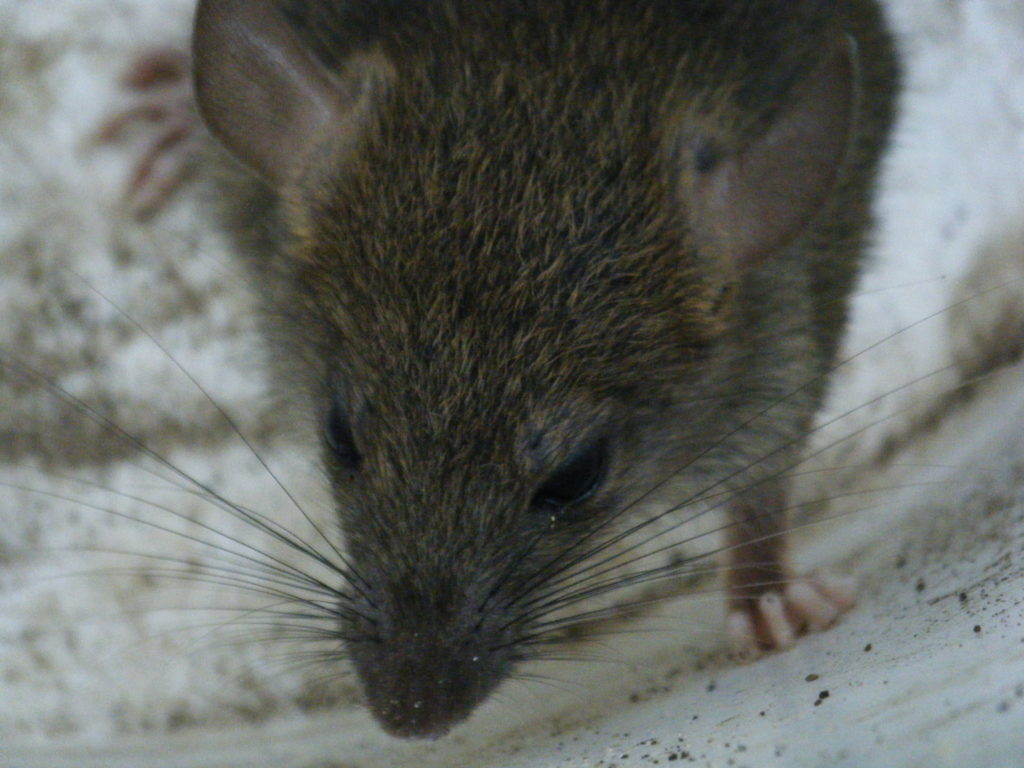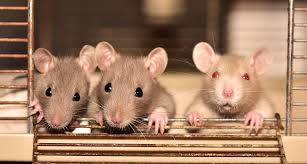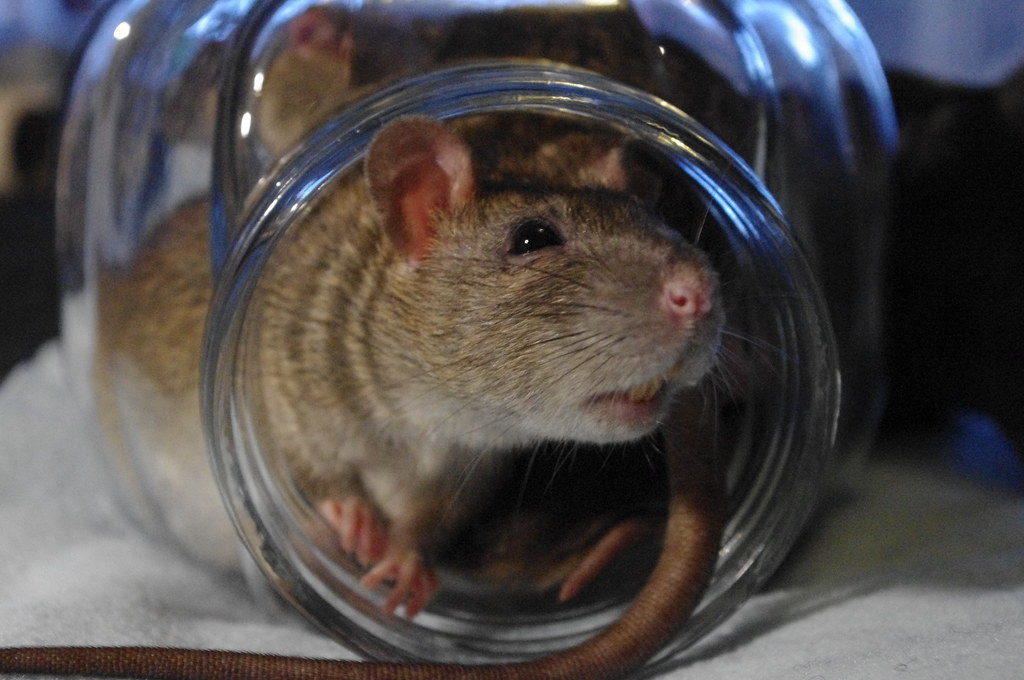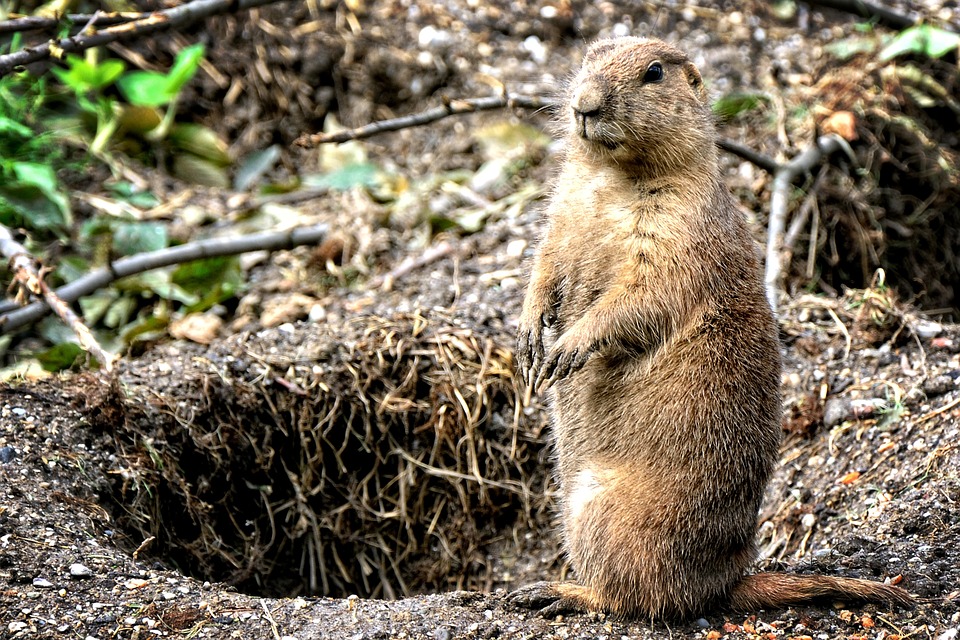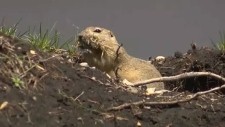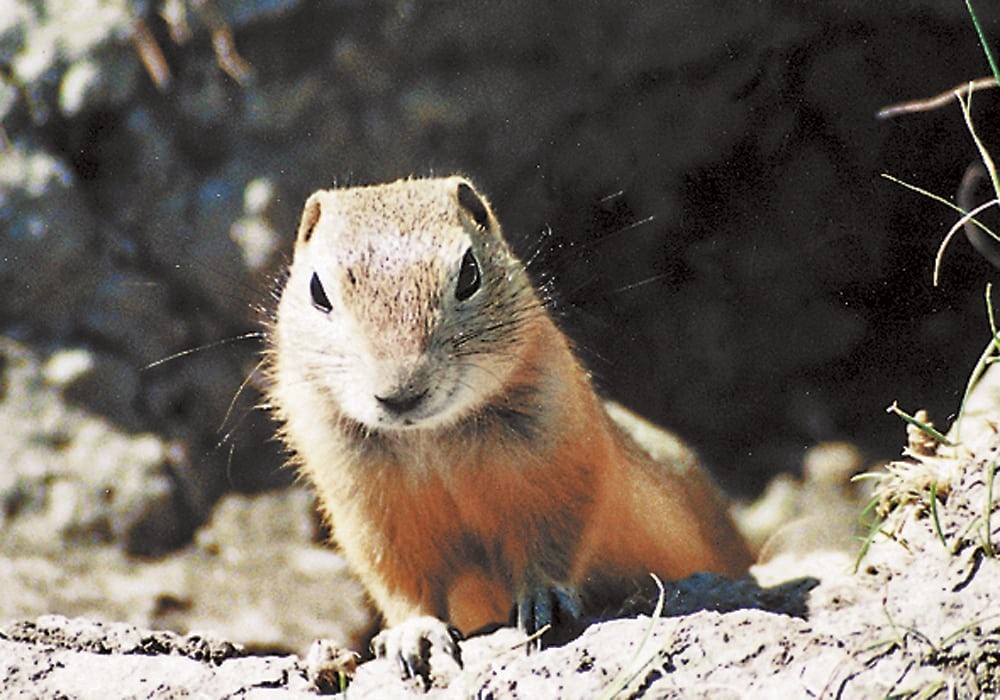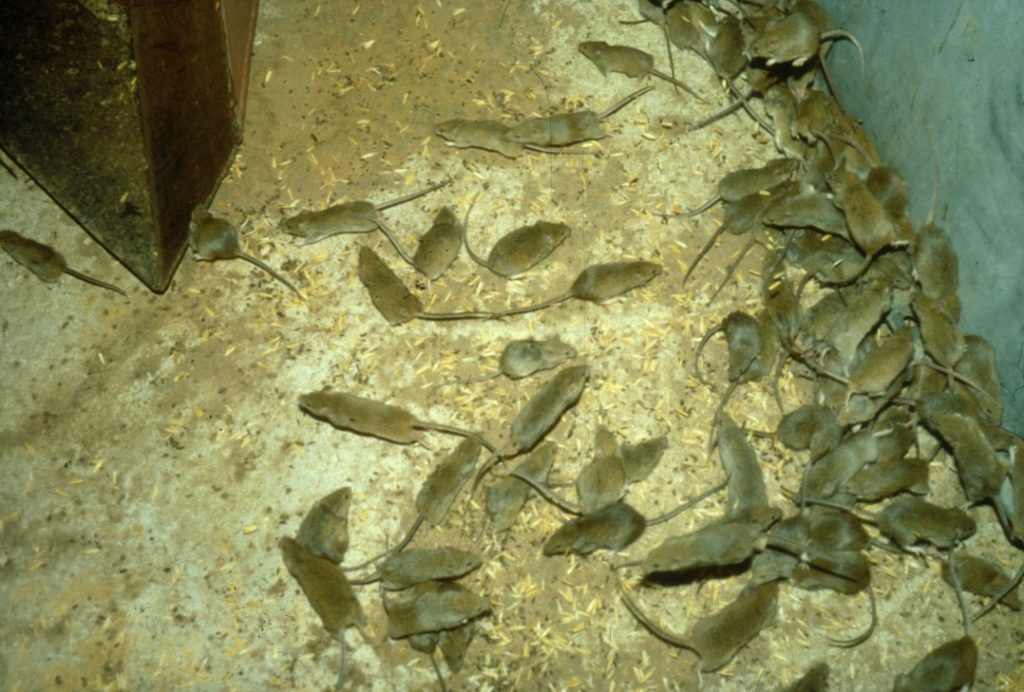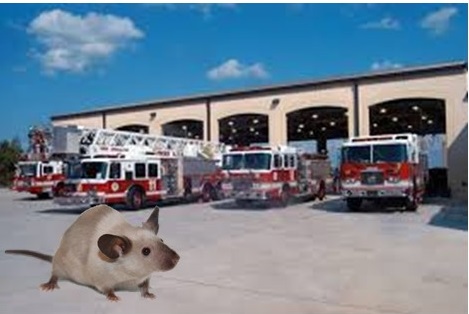
Rats and mice can be found in and around every town and farm in the country. It is estimated that there is one rat for every person living in the United States. Rodents have followed man to almost all parts of the world. They have no respect for social class; they are equal opportunity pests.
Man supplies their three basic needs: food, shelter, and water.
Rodents can be found in our homes, supermarkets, restaurants, livestock pens, and farm fields. Warehouses, grain mills, elevators, silos are especially vulnerable to rodent infestation. And even the fire stations!
Yes, you read it right.
There have been incidences documented for rat infesting a fire station.
Firefighters are known to run into harm’s way to protect the community and save lives, but in case of a rat infestation, they’re the ones in need of saving.
Rodents will eat anything man or his livestock eats. The rodents have two pairs of continuously growing incisors which must be kept sharp by gnawing. For their survival, they gnaw on any surface, may that be polymeric, metallic, wood, concrete, etc. This habit can prove to be extremely costly to the equipment and property owner when the application is damaged by these rats.
Rats! Infestation forces firefighters from Riverside South station
Megan Gillis
Published: April 2, 2017
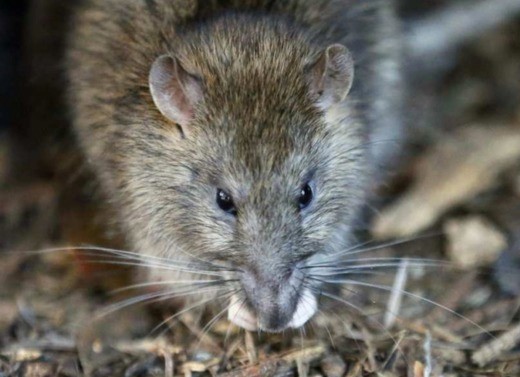
A rat infestation has forced firefighters to temporarily move out of their station at 910 Earl Armstrong Rd. while city officials and exterminators deal with the rodents.
Fire officials said they learned of the concern Saturday, when as many as 30 rats were reportedly discovered around Fire Station 37 in Riverside South.
The firefighters stationed there were quickly reassigned to neighbouring Fire Stations 44 and 32.
“Upon further investigation it was confirmed that rodents had built nests on the outside of the building and also burrowed their way into of a small vestibule inside the fire station,” said Ottawa Fire Service spokeswoman Danielle Cardinal, who said the main focus is ensuring the building and grounds are free of rats.
“The next step entails monitoring the air quality inside of the Fire Station to ensure it is safe for firefighters to return,” said Cardinal. “Air testing is underway and the recommendations provided by the environmental engineer will determine when the structure will be fully operational.”
Rats force Texas firefighters to abandon firehouse
The move comes after one firefighter recently got sick; the chief said some of them are the size of small puppies
Oct 9, 2015
News4SanAntonio
NEW BRAUNFELS, Texas — A rat infestation has forced New Braunfels firefighters and paramedics to temporarily move out of Station #1 downtown. Now with no tones or emergency alerts and no working trucks, the station is extremely quiet.
Chief Kenneth Jacks said the move is “to keep our guys safe. The safety and health of our personnel is our number one focus.” All of the equipment and personnel were moved out on Monday as a precaution.
Rodent infestation at such a crucial place can be extremely dangerous and may even result in hazards and accidents. Hence, few precautions need to be taken in order to avoid any mishaps.
RodrepelTM, a product manufactured by C Tech Corporation can be incorporated in the various application used at the fire station to make them rodent repellent.
RodrepelTM is an extremely low in toxicity, extremely low hazard and environmentally safe anti-rodent repellent specially developed for a range of polymeric and coating applications including wires and cables, polymeric hoses, etc.
The products are also available in the form of a solid masterbatch, liquid concentrate, and lacquer.
The product available in the form of solid masterbatch can be incorporated into the polymeric applications like wires and cables, fuel hoses, pipes, oil filters, polymeric switch panels, components of ignition box, fuel tanks, foam seats, airbags, tires and other polymeric components from vehicles while they are manufactured. Thus, making the end application rodent resistant.
The product available in the form of liquid concentrate can be diluted in paints and can be applied to the interior and exterior of the vehicles, fire station. The liquid concentrate is compatible with all kinds of paints and solvents.
The already installed cables, electric junction boxes, polymeric hoses, cable carriers, fuel tanks, battery box, and ducts, etc. from the vehicles can be coated with our lacquer to protect them from the pests gnawing these applications and thus preventing vehicle accidents. The lacquer is a transparent product and it does not wear off easily.
RodrepelTM Rodent Repellent Spray has been formulated through original research by C Tech Corporation. The product is safe for the environment. It can be sprayed on the wirings, underhood components of the vehicle, battery box, fuel tanks, and polymeric hoses. It is compatible with all types of vehicles and totally safe. It can be sprayed on different areas within a fire station to keep rodents at a bay.
Contact us at technical.marketing@ctechcorporation.com if you’re facing problems with rodents and get the best remedies to combat this menace.
Also, visit our websites:
http://www.ctechcorporation.com/
http://www.rodrepel.com/
http://www.termirepel.com/
http://www.combirepel.com/
Follow our Facebook pages at:
1] https://www.facebook.com/Combirepel-411710912249274/
2] https://www.facebook.com/Termirepel-104225413091251/
3] https://www.facebook.com/Rodrepel-120734974768048/
Follow us on our Twitter pages at:
1] https://twitter.com/rodrepel
2] https://twitter.com/termirepel
3] https://twitter.com/combirepel






